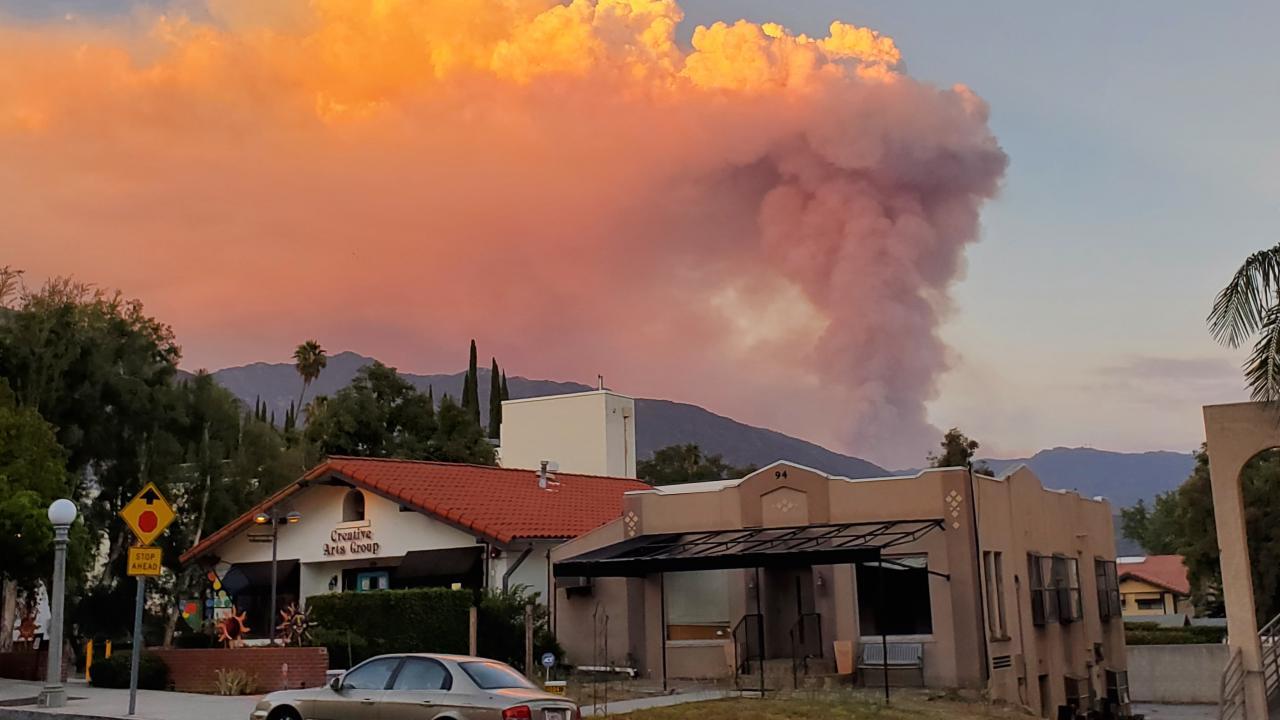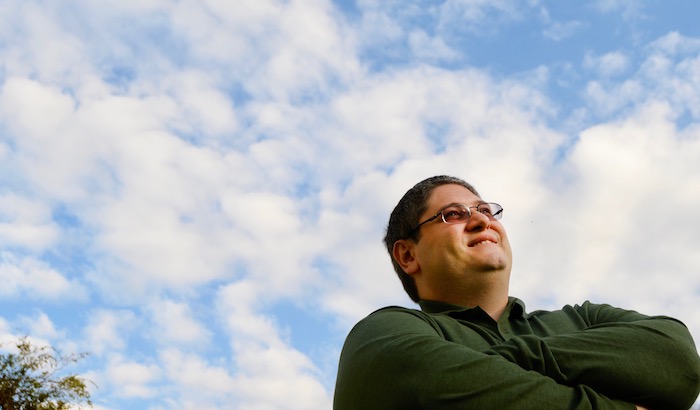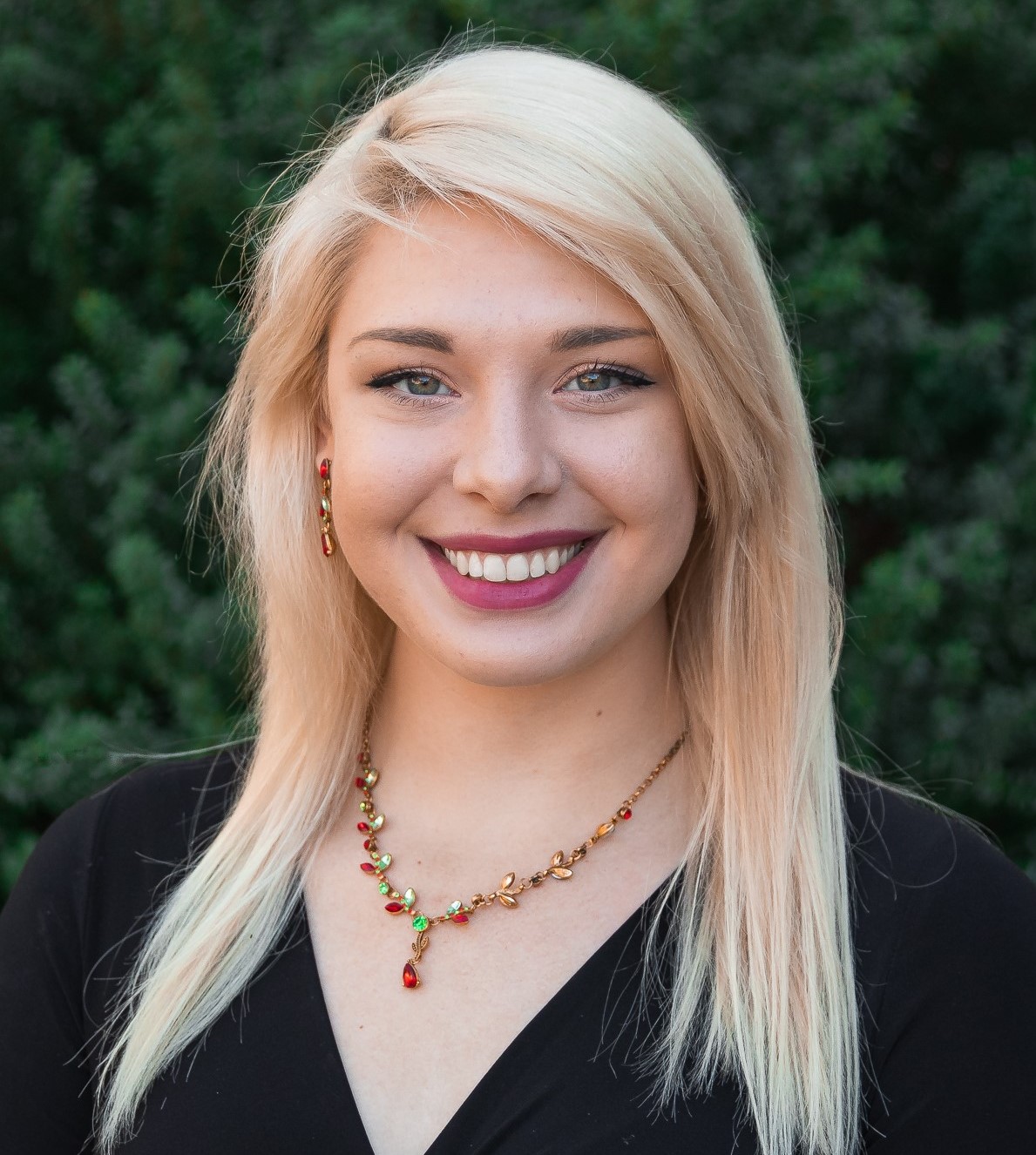
Fighting Fire with Engineering
On September 9, Northern California residents woke up to a dark orange smoky sky that rained down ash and made it hard to breathe. Sadly, days like this are becoming our “new normal.” As climate change makes wildfires burn faster, hotter and more often, humans need to understand the effects of these disasters and how to live with them.

UC Davis engineers are rising to the challenge by finding new ways to monitor and mitigate the effects of wildfires through new technology such as fire-proof houses, chemical sensors to study smoke and drones to monitor fires in real time. These efforts aim to keep people safer as disasters become more severe.
“We need to do something both now and in the long run,” said civil and environmental engineering professor Michele Barbato. “Significant [environmental] damage has already been done and we are going to live with our current situation and even worse, so we need to be prepared and do something now so it doesn’t get really, really tough.”
Structuring a wildfire response
Barbato, a structural engineer, is driven by the needs of his community. As a graduate student at UC San Diego, he studied earthquake-resistant structures and when he moved to Louisiana State University, he shifted his work toward hurricane and tornado-resistant structures.
He had been teaching at UC Davis for less than two months when the 2018 Camp Fire wreaked havoc on nearby Paradise and sent smoke billowing across the state. As he struggled to breathe the smoky air, he decided he needed to help his new community.

“I like to solve problems that have an impact,” he said, “And it seemed like a very natural extension of my previous research to learn what happens when we put [structures] in a fire.”
His goal is to design houses that can withstand fire without burning, compromising structural integrity, or destroying everything inside. His team is studying the different way houses burn, from the flames hitting a house, to embers accumulating on the roof or deck, to embers falling through vents and burning a house from the inside. They will eventually conduct tests to study the large-scale effects on the structure and the air inside.
“You need a material that protects not only the walls and everything inside the house, but also reduces a lot of the plastic being burned in the air,” he said.
Barbato and his team are studying adobe, which is made from soil. It has been around for thousands of years and is still widely used to build houses around the world, including those he has designed in the past. He says adobe has a lot of potential because it’s non-combustible and has a very low carbon footprint.
“What we are doing is generating the engineering knowledge to take a construction technology that is more than 10,000 years old and turn it into something that is affordable, resilient, sustainable and doesn’t burn,” he said.
In addition, Barbato leads the $4.8 million project, “Assessment and Mitigation of Wildfire Induced Air Pollution,” which he formed in response to the Camp Fire. The project features collaborators from two national laboratories, a non-governmental organization and multiple UC campuses and is funded by the UC Office of the President’s Lab Fees Program.
This multidisciplinary team involves more than 20 researchers with expertise ranging from data science to physics, environmental policy, public health and human ecology who will use their diverse perspectives to understand how wildfire smoke propagates, its effects on communities and how to mitigate them. The project kicked off this spring with a virtual symposium on wildfire smoke.
“The problem is so complex that we really need to think about it in a more holistic way and develop possible solutions,” he said. “Our project is really a team effort.”
Better air quality readings through chemical sensing
Monitoring wildfire smoke is critical to understand how wildfires might be spreading their potential health impacts on nearby communities. Mechanical and aerospace engineering (MAE) professor Cristina Davis’ lab is using its novel chemical sensing technology, which uses a powder-like material called sorbent, to trap volatile organic chemicals (VOCs) in the air for analysis.

MAE Ph.D. student Leslie Simms started the team on a path to wildfire sensors by collecting air VOC samples around Davis during the Camp Fire. The device worked exceptionally, and the team partnered with MAE professor Steve Robinson to deploy it on drones for further tests.
“It would be great if you could deploy many drones with many different samplers set out as a fire is in process so you can get more localized air quality readings,” said Simms.
The Air Quality Index (AQI) is helpful, but it doesn’t tell the whole story. Readings are based on concentrations of carbon dioxide, carbon monoxide and PM2.5—atmospheric particles less than 2.5 nanometers—but not other hazardous VOCs like BTEX (benzene, toluene, ethylbenzene and xylene) compounds that are also abundant during fires. In addition, AQI readings aren’t done in every neighborhood and may therefore not reflect the actual air quality.
Simms was surprised by the lack of forecasts and preventative measures for wildfires in California compared to what she was used to with hurricanes in her home state of Florida. More accurate and localized air quality readings that also measure VOCs, she says, can help people get a more accurate sense of how the fire is developing.
“In Florida, you know exactly where that hurricane is, the wind direction and exactly what’s happening,” she said. “With the Camp Fire, there was a little confusion in the community and if you turned on the news, it wasn’t very clear how it was developing and that was concerning to me.”
She also thinks the readings can lead to a better response time when issuing evacuation orders.
“If you’re getting localized air quality map updates every two hours, you could more easily determine when the winds change direction, when the fire gets bigger, or if it starts going in a new direction,” she said. “That might give us a little bit more time to refine evacuations and two hours in a situation like that is life-and-death—literally.”
Davis’ team has continued to develop this technology with two successful proof-of-concept tests on a drone—one in the presence of a controlled fire.
Using drones to monitor smoke

MAE associate professor Zhaodan Kong approaches the same problem from a different perspective. His group is developing a new drone specifically for collecting data on wildfire smoke. Because they can be deployed anywhere and can hover in place, drones are better than ground sensors, fixed-wing aircraft and satellites for measuring smoke propagation, air quality and chemical composition as a function of time.
“In the next 10 years, we can use a lot of the knowledge and tools we have developed in robotics to help us fight wildfires,” he said. “We want to see whether we are able to build a drone specifically for environmental monitoring.”
The craft has to be able to carry the environmental sensing equipment necessary for accurate readings, while being able to reliably stay in the air for an extended period of time. This means designing the drone around sensor and battery weight to optimize flight time and functionality.
“There is a tradeoff between the number of batteries you can use and how long your drone can fly,” he said. “Our goal is to find the sweet spot.”
This work builds on some of the team’s preliminary tests with researchers from the UC Davis Air Quality Research Center where they equipped sensors on an unmanned aerial vehicle, or UAV, and surveyed controlled burns of agricultural waste. If the project is successful, Kong thinks this will be the first of many for his team involving wildfires.
“The standards we use in robotics to determine whether a robot should do a job are what we call the three D’s—dirty, dangerous and dark,” he said. “Firefighting fits perfectly into this criteria. My dream is to have UAV swarms that can guard a community and work together so humans don’t need to put their lives in danger.”
This story was featured in the Fall 2020 issue of Engineering Progress.
